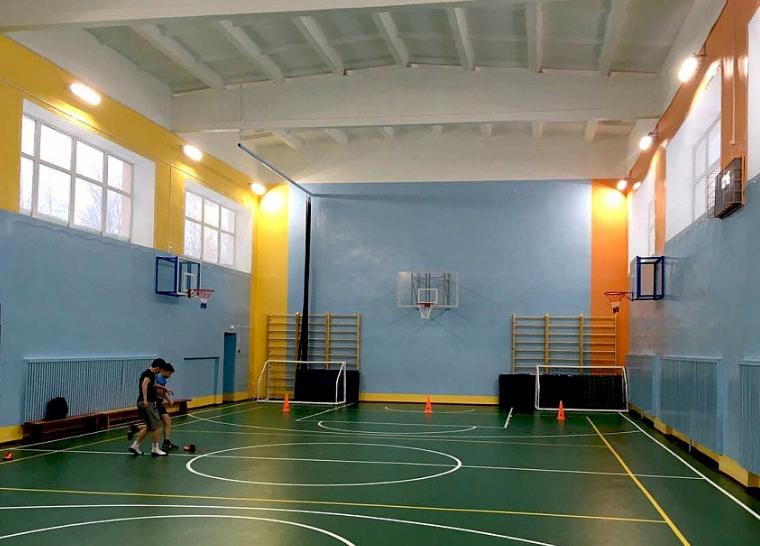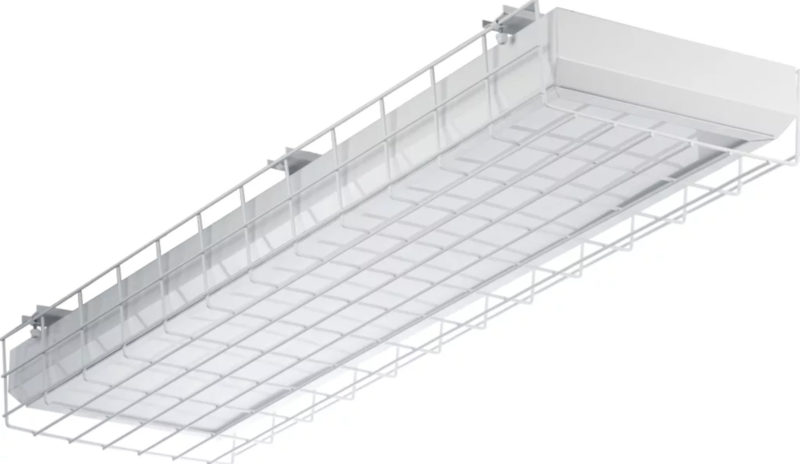Lighting requirements for sports halls
Lighting in the gym should provide a comfortable environment for sports and active games. Therefore, there are a number of requirements that must be met when planning the light and choosing the right equipment.
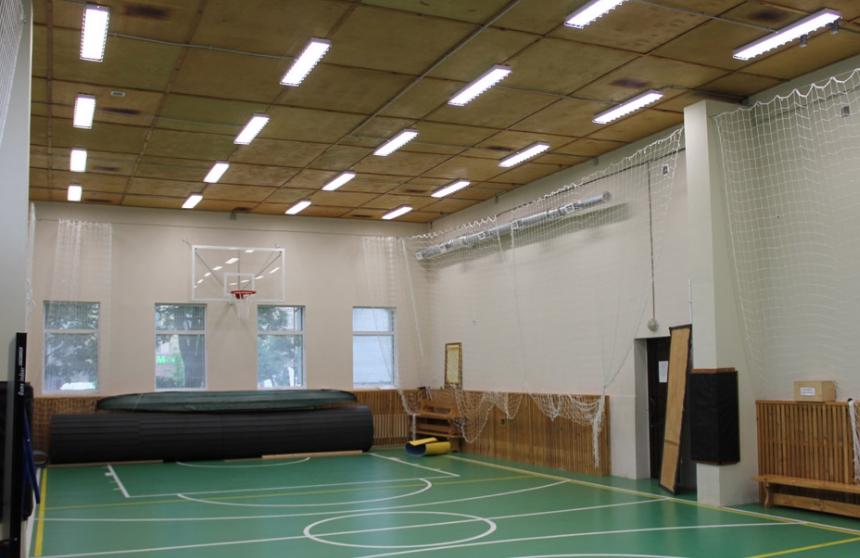
Lighting requirements for sports and training halls
Regardless of the purpose of the facility and the nature of the sport, lighting in it must perform several functions:
- Zoning the space, if necessary, and breaking it up into segments for individual groups of athletes.
- Provide the ideal conditions for practicing a particular sport. Different options have their own specifics, which must necessarily be taken into account when planning lighting.
- Minimize the risk of injury to those who participate in sports. This refers primarily to perfect visibility and the absence of poorly lit areas.
- To create a working atmosphere for sports activities and a comfortable environment for competitions.
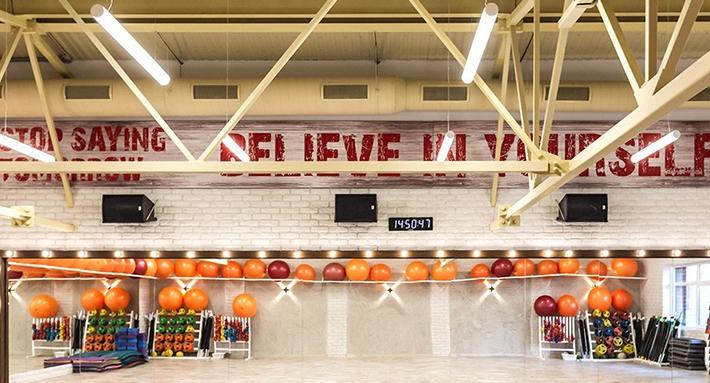
By the way! If one room is used for different purposes, lighting should have several modes.
Lighting standards for sports halls are clearly spelled out in SNiP, so they must be followed. They may differ for different rooms, so it is easiest to study the general requirements. Lighting standards are measured in lux, it is especially important to comply with them in children's facilities, because the child's vision is still forming and any deviations may cause irregularities. Remember the following:
- Skating halls, as well as track and weightlifting halls are 150 lux.
- Rooms designed for swimming, martial arts, wrestling, gymnastics and fencing - 200 lux.
- Ice hockey and figure skating arenas - from from 300 lux.
- Halls for various sport games - 300 lux. 300 lux at floor level and at least 300 lux at floor level and at least 150 lux at a height of 2 m off the ground.
- Table tennis areas should be illuminated at an intensity of 400 lux.
- In playgrounds and school gymnasiums the lighting level must be at least 200 lux.
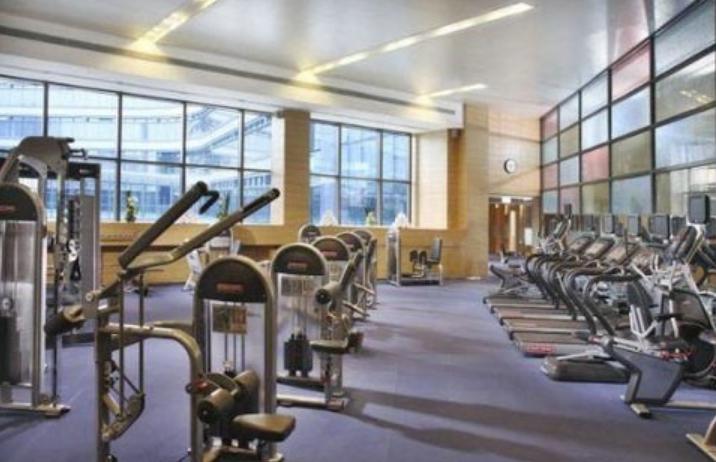
In addition to the basic indicators it is necessary to comply with other standards established by law:
- Optimum color temperature - 4000 to 4500 K. This option creates a comfortable environment for sports for both adults and children.
- The pulsation coefficient is no more than 10%.If it is higher, the vision is more strained and fatigue builds up much faster.
- With a large area of the room, as well as for large areas, lighting is made with spotlights, which should be placed at an angle of 27% to the floor and more.
For competitive sports, it is important that Lighting on both sides of the court.
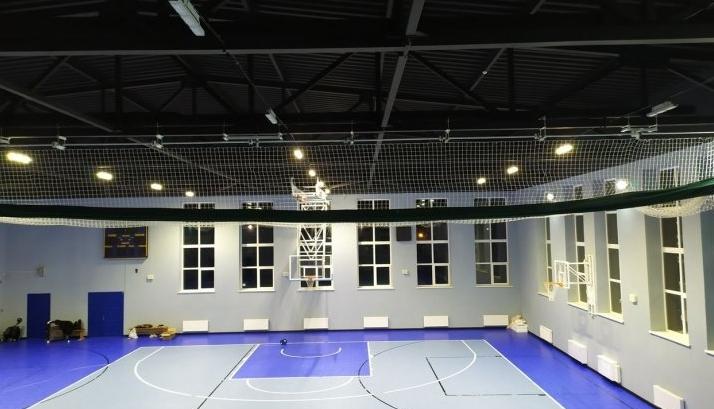
All types of sports halls, regardless of purpose and size, require the highest possible level of natural lighting. That is why large window openings are provided even at the design stage.
Peculiarities of lighting in school gymnasiums
Lighting for the school gym should be chosen particularly carefully and comply with all the requirements of regulations. To calculate the number of fixtures, you need to determine the total illumination that is required for the room and divide it by the indicators of the selected equipment. At the same time, all options must meet such requirements:
- Flicker indicators as low as possible. If possible, reduce them to exclude a negative impact on vision. To do this, select modern types of light sources.
- The light should not blind the person regardless of their location in the gym. It is worth choosing diffused light sources that give the right brightness.The light should not blind the person.
- It is best if the artificial lighting is as close to natural as possible.
Types of lamps
For children's halls, it is best to use high-quality light sources. Therefore, it is not worth considering inexpensive and not the most reliable solutions, it is best to use one of two options for installation:
- Fluorescent lamps They consume power economically and do not heat up much during continuous operation. They can be in the form of tubular lamps, and in a compact version under the standard sockets. In terms of light quality, this is not a bad solution, but it has flicker values close to the limit. Luminaires must be operated via ballast.
- LED options - the best solution for children's gyms today. They provide a bright uniform light with a flicker rate of less than 1%, with a bulb life of 50,000 hours or more. In terms of power consumption it is the most economical option, which is also important when the equipment is frequently turned on.
By the way! In addition to the main lighting, it is necessary to provide emergency In case of an evacuation in the event of a power outage.
How to choose a lamp
It is best to look for ready-made options specifically designed for sports halls. They have the right values and distribute light correctly to ensure uniformity and minimal light variations. Remember the following:
- It's worth using lights with a 120-degree angle of luminous flux. It is convenient to place them along the room, so that the light is distributed evenly and provides good visibility in all areas.
- All equipment should come in an unbreakable case that will protect the light from accidental exposure to a ball or other object. Most often there is a metal protective frame.Gym lighting fixtures usually come with a protective frame from the beginning.
- The lens or lamp should diffuse the light as much as possible to prevent glare and visual discomfort.
- Specifications are tailored to the specific gymnasium, taking into account the height and angle of the luminaire.
Most often, two or more types of luminaires are combined to ensure normal lighting levels.
Consequences of failing to meet the standards
If you don't pay attention to the quality of light, many problems can arise. Any irregularities in active sports activities can lead to these consequences:
- Injuries are increased because a person cannot accurately estimate the distance to an object or to a neighboring person. It is important that lighting should be as close to natural.
- When flicker standards are exceeded, eyes become much more tired, especially when playing active sports with a fast-moving ball or ball.
- If the lighting is low, the performance of athletes is impaired, and it creates an uncomfortable environment in which people get tired faster.
If aisles and stairwells are not adequately lit, injuries will be much higher because these are high-risk areas.
Lighting of sports halls must comply with a number of standards and take into account the type of sport that will be practiced in the room. It is important to choose the best type of lamp and use impact resistant fixtures with the right characteristics.
To conclude, a thematic video.
